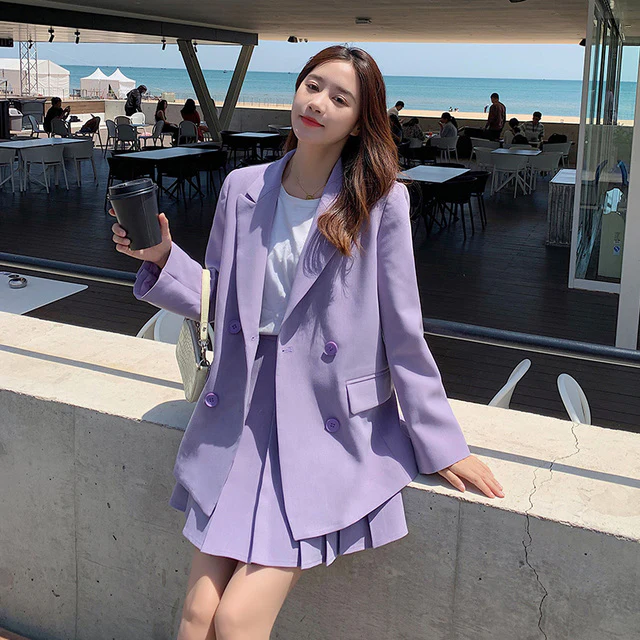Dark Academia: Aesthetic, Lifestyle, and Cultural Significance

Dark Academia is more than just a fashion trend—it is a cultural movement that embraces intellectual curiosity, timeless fashion, and a fascination with the past. Rooted in classical literature, Gothic architecture, and scholarly pursuits, Dark Academia has grown from an online niche aesthetic into a global lifestyle that resonates with students, artists, and thinkers. With its moody visuals, romanticized view of education, and deep appreciation for knowledge, Dark Academia captures the beauty of learning in a digital age where attention spans are fleeting.
The Origins of Dark Academia
The origins of Dark Academia can be traced back to the early 2010s on platforms like Tumblr and later spread through Instagram, TikTok, and Pinterest. However, the roots go deeper into literary and cinematic traditions. Gothic novels, Romantic poetry, and academic settings such as ivy-covered universities shaped the aesthetic. Films like Dead Poets Society and Kill Your Darlings, along with novels such as Donna Tartt’s The Secret History, contributed to its visual and philosophical foundation. At its core, Dark Academia is about pursuing knowledge for its own sake, paired with a melancholic, nostalgic sensibility.
The Core Aesthetic of Dark Academia
Dark Academia blends visual and intellectual elements into a cohesive aesthetic. It is defined by:
- Fashion: Tweed blazers, turtlenecks, plaid skirts, Oxford shoes, and wool coats dominate wardrobes. Neutral and muted tones—browns, blacks, grays, and deep greens—emphasize sophistication.
- Architecture: Gothic arches, old libraries, candle-lit halls, and ivy-clad buildings embody its essence. Universities like Oxford, Cambridge, and the Ivy League are often considered the aesthetic’s architectural ideals.
- Literature and Arts: A love for classical works—Plato, Shakespeare, Keats, and Shelley—is central. Reading, writing poetry, sketching, or engaging with art history reflects the lifestyle.
This aesthetic is not only about appearances but also about cultivating a worldview that values beauty, knowledge, and self-expression.
Literature at the Heart of Dark Academia
One of the strongest pillars of Dark Academia is its relationship with literature. Romantic and Gothic works inspire much of its imagery and mood. Readers within this aesthetic often explore the works of the Brontë sisters, Lord Byron, and Oscar Wilde. Latin phrases, Greek tragedies, and philosophical texts also feature prominently. Unlike mainstream reading trends, Dark Academia glorifies difficult and thought-provoking texts, turning study itself into a romantic and intellectual ritual.
The Fashion of Dark Academia
Dark Academia fashion has become a cornerstone of the movement. It draws heavily from early 20th-century academic uniforms, blending vintage sophistication with practicality. Key elements include:
- Tailored blazers, trench coats, and cardigans
- Button-up shirts, turtlenecks, and vests
- Pleated skirts, wide-legged trousers, and wool slacks
- Leather satchels, brogues, and loafers
Unlike fast fashion trends, Dark Academia style emphasizes timeless pieces, thrifting, and sustainability, aligning with the movement’s intellectual rejection of excess consumerism.
Music and Media Influences
The auditory world of Dark Academia is equally important. Classical music—especially Chopin, Beethoven, and Debussy—sets the mood. Instrumental jazz, opera, and folk also blend seamlessly into study playlists. In cinema, films such as Maurice, The Riot Club, and Kill Your Darlings inspire its atmosphere. Television series set in academic or historical backdrops—like The Queen’s Gambit—also embody its aesthetic.
Philosophy and Lifestyle of Dark Academia
Beyond fashion and media, Dark Academia thrives as a lifestyle and philosophy. At its heart is a desire to pursue learning for the joy of discovery rather than practical gain. This includes late-night study sessions, solitary walks through university courtyards, and an appreciation for art, literature, and history. It is a romanticization of the academic experience, one that often imagines a world where knowledge itself is the highest goal.
The Digital Revival of Dark Academia
Social media platforms have transformed Dark Academia from a subculture into a mainstream movement. TikTok and Instagram are filled with curated posts of candle-lit libraries, annotated books, and vintage clothing hauls. While some criticize this digital version as overly romanticized, it has made classical literature and academic aesthetics appealing to a new generation. Students worldwide engage with philosophy, art, and literature in ways that might not have been accessible without this cultural revival.
The Controversies and Criticisms
Despite its charm, Dark Academia has faced critiques. Some argue that it romanticizes elitist educational institutions, reinforcing Eurocentric ideals of academia. Others note its lack of inclusivity, as much of its imagery focuses on wealthy, predominantly Western university settings. However, the movement is evolving, with creators from diverse backgrounds redefining Dark Academia to include non-Western literature, architecture, and philosophical traditions.
The Psychological Appeal of Dark Academia
Part of Dark Academia’s popularity comes from its psychological resonance. In a fast-paced, technology-driven world, it offers a slower, contemplative alternative. By encouraging reading physical books, journaling, and studying by candlelight, it provides a sense of nostalgia and stability. For many, it is an escape into a world of intellect, mystery, and beauty—an antidote to modern distractions.
The Future of Dark Academia
As a cultural phenomenon, Dark Academia continues to evolve. While rooted in nostalgia, it adapts to contemporary concerns such as sustainability, diversity, and accessibility. The future of the movement may expand to embrace global philosophies, alternative histories, and a broader representation of academic life. What remains constant is the pursuit of beauty in knowledge and the desire to make learning an art form.
Conclusion
Dark Academia is more than an aesthetic—it is a way of life that blends literature, art, fashion, and philosophy. It invites individuals to embrace curiosity, appreciate history, and find beauty in learning. Whether through the pages of a classic novel, the halls of a university library, or the muted tones of a well-tailored coat, Dark Academia remains a celebration of intellectual and artistic passion. Its enduring appeal lies in its ability to connect past and present, reminding us that knowledge is timeless, and beauty can be found in the pursuit of wisdom.
